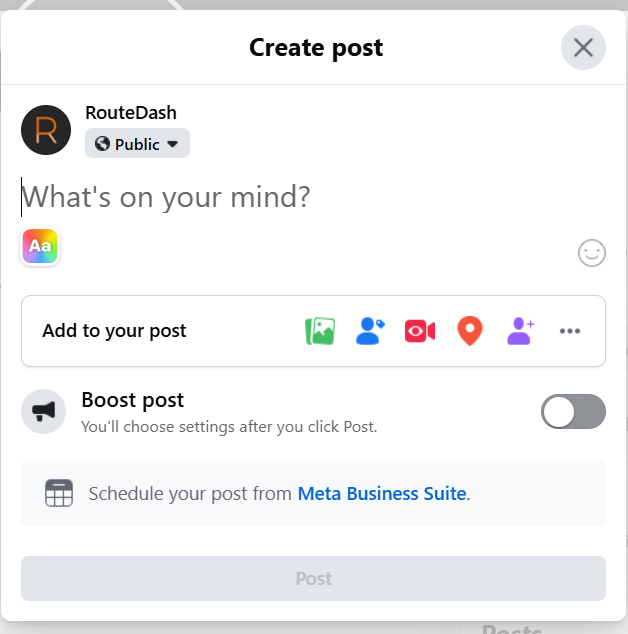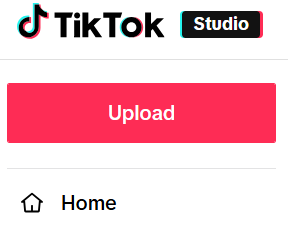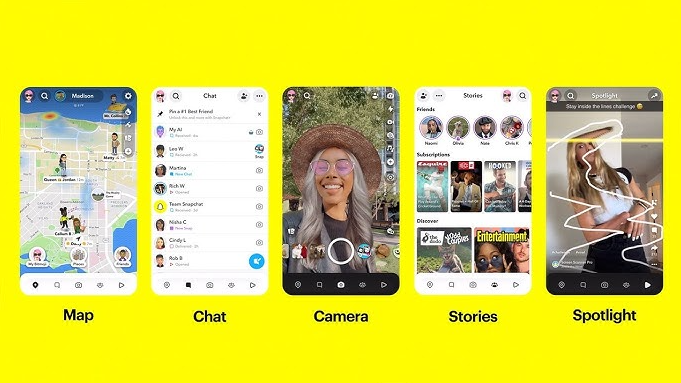Email Marketing and You
Infiltrating Your Customer's Inboxes.
Let’s talk about your email. No one is going to judge you on how many emails sit in your inbox or why you have 20 different emails that are a variation of your name and some numbers so you can get first-time offers. What we are going to explore is email and your business. More precisely, how you can use email to improve your business. It’s easy to dismiss email marketing. Who doesn’t mindlessly archive the countless sales emails that flood our inboxes? However, email marketing goes way beyond sales announcements. It includes newsletters, order confirmations, and shipping updates. It even goes into more complex marketing strategies like remarketing. So, pull up a chair and get comfy- we're about to learn why your customer’s inbox might be your best ally.
What is Email Marketing?
Email marketing is a tool used to raise brand awareness, increase sales, and inform people about new products or information. Like direct mail, you’re reaching people where they expect important information. However, unlike direct mail, which often targets specific geographic regions, email marketing involves collecting email addresses from individuals interested in your business—commonly referred to as subscribers. But what do you do with these subscribers?
The 4 Main Types of Marketing Emails:
- Transactional- Corresponding to specific transactions between your business and a customer, these emails include receipts, order updates, shipping status, return info, or customer service. It’s a way for you and your customer to stay informed during the entirety of the purchasing process.
- Promotional- These emails are geared toward promoting products or services. Examples are new product launches and special sale events. This is a way for you to entice your customers to visit your site or store to find out more information.
- Newsletters- Exactly what they say they are, newsletters are a way to update and inform subscribers about what’s going on in your business or industry. The frequency you send these out is up to you, but common schedules are weekly, bi-weekly, and monthly.
- Retention- The goal of these emails is to convert someone from a shopper to a customer. Examples are cart reminders with discount codes, favorite list reminders, and similar item suggestions. You want to think of these as a way to nudge someone who is thinking about buying something from you to doing it.
Email Marketing Tools.
Sounds easy enough. Open your email, type something up quickly, and go. But hold on a moment... is this the most effective approach? For one thing, your email provider may block you from sending emails to too many individuals. Another thing is that this in no way looks professional. Remember when we talked about cohesiveness when we started building your brand? You definitely want your email marketing to have a similar feel. Luckily, there are plenty of tools available that will streamline your email marketing. Services like MailChimp and ConstantContact offer you templates that keep a consistent look across all your emails saving you time and energy. They also have easy ways to upload your contact lists and separate them into targeted lists, making developing a complete and personalized marketing strategy stress-free.
Marketing Goals:
Engage- Stay at the forefront of your customer’s minds by sending them updates about your brand/products through blog post alerts, newsletters, or information about special events or business updates. This should be compelling content that offers something valuable to subscribers
Inform- Keep your customers in the know of all important information related to your business by providing product updates, stock alerts, or business hours changes. Your goal here is to gain customer trust through simple, clear communication that doesn’t leave them showing up to your cafe only to find it closed due to staff training.
Convert- Get your subscribers to buy your service or product by offering special discount codes or exclusive shopping windows. This is a way to reward your subscribers and entice them to make that purchase they’ve been thinking about.
Now that you’re getting the hang of it you should know that email marketing is not the wild west. Like most things, there are some best practices you should keep in mind to get the most out of it.
7 Common Email Marketing Tips:
-Don’t buy contact lists. Grow your lists by having signups on websites, landing pages, in-store, or through ads.
-Keep your emails simple and to the point. Don’t go crazy with a ton of fonts, images, and unrelated info.
-Clean your mailing list regularly. If people aren’t opening your emails, let’s face it, they’re a lost cause. Move on and devote your energies to people who are engaging.
-Make it easy to subscribe and unsubscribe. Don’t make people sell their firstborn just to get on your mailing list. To the same end, you have to let people leave if they want to.
-Include an email signature and logo. This goes back to keeping a consistent brand message.
-Use clear subjects and calls to action (CTAs). People like to know what to expect. Use subject lines that tell subscribers what’s in the email and CTAs that tell them exactly what you want them to do.
-Keep your emails between 500-650 pixels wide. This will ensure that the newsletter fits most standard email providers.
-Make it personal! Most email marketing services allow you to have personalized greetings at the start of your emails. You can also take it a step further and have newsletters and email settings geared toward your subscribers to opt into the specific content they are interested in too if your business allows for that!
Great! That’s all the stuff you should be doing, but what shouldn’t you do?
What to Avoid in Email Marketing:
-Selling too hard. Imagine your email as that overly pushy salesperson we’ve all met. Would you want to open more emails from them? Your goal with email marketing is to provide something valuable and build lasting relationships with your subscribers to keep them coming back.
- Neglecting your sender reputation. Are your emails getting marked as spam? Are they getting opened at all? Your sender reputation is based on some key metrics we’ll dive into later like click-through and open rates that tell email providers whether your emails are valuable or spam.
-Using too many images. This can slow download rates or even keep your email from being sent if it exceeds size limits. And that’s aside from being potentially overwhelming to a reader. Keep it to only relevant images.
Measuring The Success of Your Emails.
Now that you’ve got that all down and you’ve sent out your first campaign, how can you tell if it’s working? Just like with social media, websites, and SEO (Search Engine Optimization), there are analytics for email marketing too! Most email marketing services provide their analytic tools. These provide you with data like open rates (how many people are opening your emails), click-through rates (how many people click on links in your emails), and conversion rates (how many of these actions lead to a successful interaction). This information will help you to understand what is and isn’t working in your emails. There are third-party analytics tools available, and they may be able to offer deeper insight, especially if you have similar campaigns running across multiple marketing domains.
A/B Testing.
That brings us to one important strategy that can help you improve your email marketing success. A/B testing. This is a method of taking a campaign, having two versions of it, and sending it to two separate but similar groups of people and comparing the results. Common things you can test are subject lines, CTAs, and templates to see which gets more clicks, opens, or conversions.
As you can see email marketing is still a very important tool for reaching and connecting with your customers. It’s one of the best marketing strategies to invest your money into. “For every dollar that you spend on email marketing, you can expect a return on investment (ROI) of approximately $40” Diving into it will help you build relationships but only if you find a balance between the right content and frequency. Otherwise, you risk being labeled as a 50s canned staple: spam.
Need help getting started with your email marketing strategy? Contact us for a no-obligation consultation with our team of experts today!




